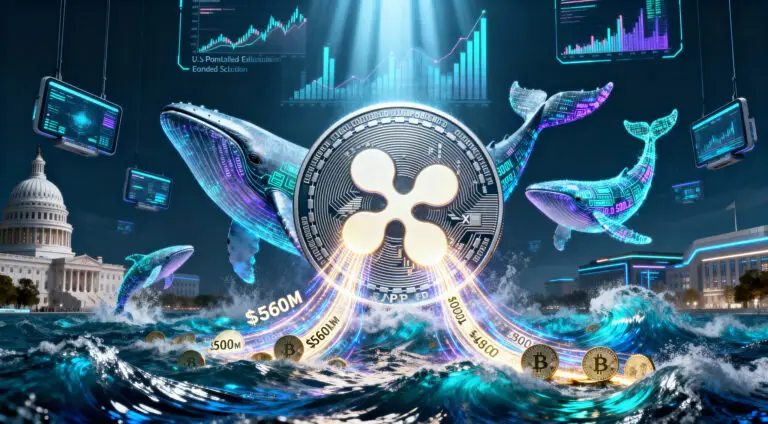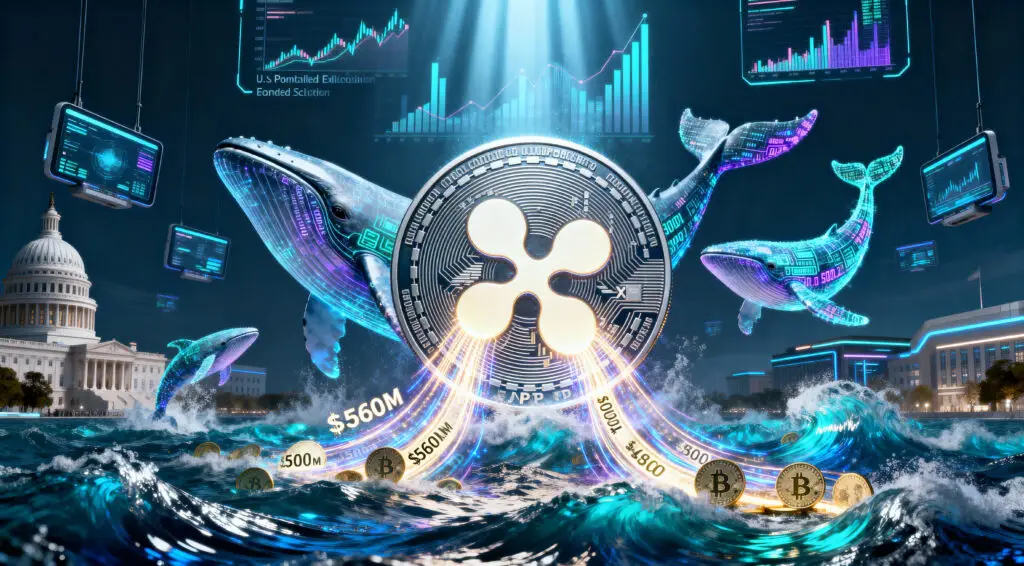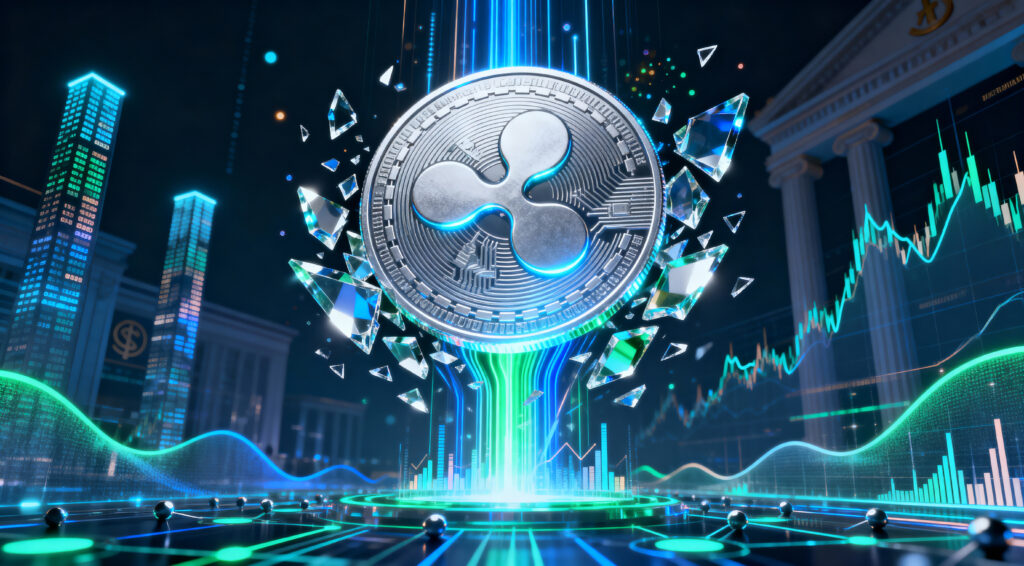A Burning System That’s Not Slowing Supply
Since Ethereum’s London upgrade in August 2021, the network has burned nearly 4.6 million ETH, worth approximately $13.5 billion. This was enabled by EIP-1559, which introduced a protocol for burning a portion of transaction fees. On average, 2.22 ETH are burned every minute, with peak burn contributions from applications like Opensea, Uniswap V2, and even USDT transfers. However, the ETH supply keeps rising.
Why? Because burning isn’t the only dynamic. While massive in scale, the burn mechanism hasn’t outpaced ETH issuance. During periods of low activity, fewer transactions mean fewer tokens destroyed. So, despite its deflationary narrative, Ethereum’s supply continues to inflate.
ETH’s Biggest Burn Contributors
According to data from ultrasound.money, Ethereum’s top burn sources are fairly consistent. The key contributors since 2021 include:
- Regular ETH transactions: 375,959 ETH burned
- Opensea (NFT platform): 230,051 ETH burned
- Uniswap V2 (DEX): 227,045 ETH burned
- Tether (USDT) transfers: 210,070 ETH burned
These four alone represent a substantial portion of the total burn. But because burn volume depends on usage, these sources vary depending on market activity and demand. When dApps experience high usage, the burn rate spikes. When engagement drops, so does the burn.
Inflation Continues: Ethereum’s Post-Burn Issuance
Despite the massive amount of ETH destroyed, the Ethereum protocol has still minted 3.69 million new ETH since EIP-1559 — about $10.89 billion worth. This has created a situation where the network’s median annual inflation rate stands at 0.801%, nearly identical to Bitcoin’s current 0.809%.
This inflation rate is a significant improvement over Ethereum’s former Proof-of-Work model, which would have generated 3.394% inflation annually. However, it still contradicts the widely held assumption that Ethereum has become a deflationary asset.
A Deflationary Myth? Only If Network Activity Stays High
The Ethereum network’s deflationary status hinges on one key factor: network activity. The more active the network, the higher the transaction count — which means more ETH burned. When activity dips, ETH creation can outpace destruction, triggering inflation.
Recent weekly data supports this dynamic. In a seven-day period, Ethereum saw an emission of 16,745 new ETH, representing a reduced annualized inflation rate of 0.723%. Though this is a slight decline, it demonstrates how sensitive Ethereum’s supply growth is to usage metrics.
Thus, Ethereum can only maintain deflationary behavior if high transaction throughput is sustained consistently. Without this, inflation—even if moderate—is likely to persist.
Why Moderate Inflation Might Be Acceptable (For Now)
There is a silver lining. Controlled inflation, especially under 1%, can still be seen as sustainable, particularly when balanced with validator incentives. Validators rely on new ETH issuance for rewards, and completely eliminating supply growth could disincentivize network security.
That said, moderate inflation is a fine line to walk. If Ethereum continues to grow in utility, adoption, and usage, it may offset issuance with consistent burn rates. But in bear markets or periods of low activity, that equilibrium becomes fragile.
The long-term challenge for Ethereum developers will be maintaining economic soundness while adjusting for real-world usage patterns. Dynamic adjustments or more aggressive burn protocols might eventually be needed.
Burn Alone Isn’t Enough
Ethereum’s $13.5 billion in burned ETH is an impressive feat, but it hasn’t been enough to shrink total supply. As it stands, Ethereum is hovering in a delicate balance between inflationary and deflationary states — not quite one, not fully the other.
Investors and developers should recalibrate their assumptions. Ethereum’s status as a deflationary asset is conditional. Its monetary model rewards activity, but punishes periods of dormancy with renewed inflation.
Until Ethereum finds a way to make burn consistently outpace issuance — regardless of activity — supply growth may remain a lingering concern.
Stay tuned for how the network evolves its economic model in the face of these hard truths.















